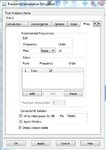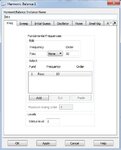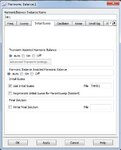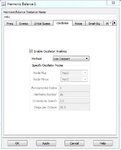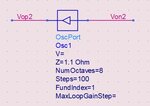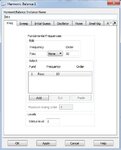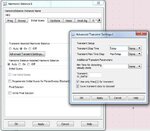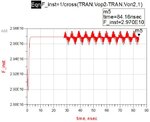Hamed94
Junior Member level 1
Enforce Transient-Assisted HB not automatic.
Then set various parameter manually for initial transient analysis.
Save initial transient analysis.
Show me initial transient waveforms.
Try to use OSCPROBE instead of specifying oscillation nodes.
First of all, I should say that my previous simulation for phase noise was WRONG.
When input phase noise is, say, -137.430 dBc/Hz at 1MHz offset, output phase noise cannot be lower than -137.430 + 20log16 = -113.430 dBc/Hz at the same offset. Whereas I achieved lower value for phase noise (i.e. -114.019)
I tried TAHB with different configurations, but I did not get correct results.
How should I configure TAHB?
